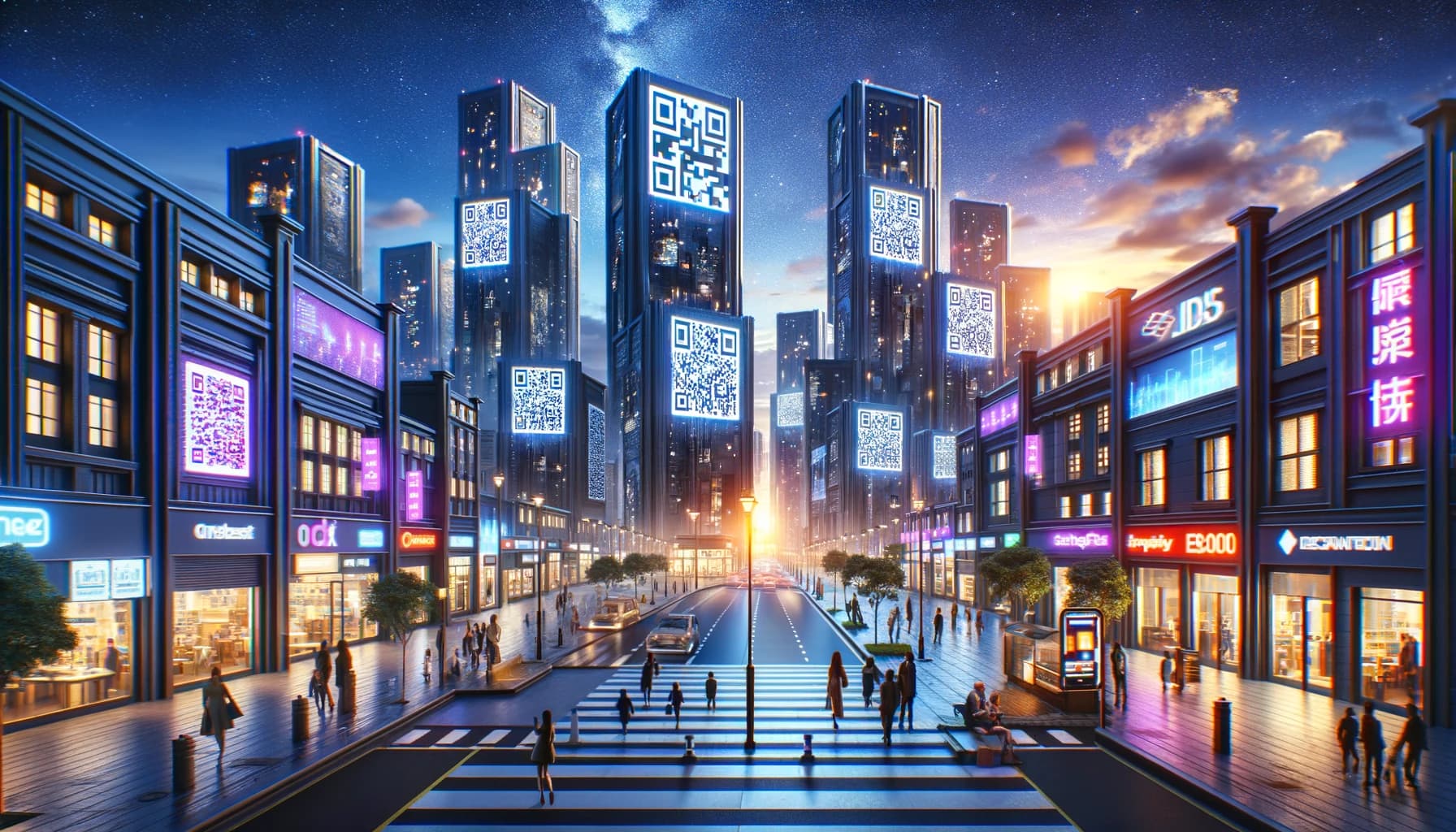The Evolution and Impact of QR Codes
February 21, 2024

Quick Response (QR) codes have become ubiquitous in our digital world, offering a seamless link between physical objects and digital information. This article delves into the history, workings, and diverse applications of QR codes across industries.
A Brief History
QR codes were invented in 1994 by Masahiro Hara from the Japanese company Denso Wave, initially designed to track vehicles during manufacturing. Their ability to store more information than traditional barcodes quickly made them popular across various sectors.
How QR Codes Work
A QR code consists of black squares arranged on a white square grid, capable of storing data both horizontally and vertically. When scanned with a smartphone camera or a QR code reader, the encoded information—ranging from URLs to contact details—is instantly accessed.
Types of QR Codes
- Static QR Codes: These contain fixed information. Once created, the data cannot be changed.
- Dynamic QR Codes: Linked to an editable URL, allowing the information to be updated without changing the QR code itself.
Applications Across Industries
Retail and Marketing
In retail, QR codes bridge the gap between offline and online shopping experiences, providing customers with instant access to product details, reviews, and payment options.
Healthcare
QR codes are instrumental in healthcare for patient tracking, accessing medical records, and ensuring authenticity of medication.
Education
Educational institutions use QR codes to enhance learning materials with interactive content, attendance tracking, and directing students to online resources.
Events and Entertainment
Event tickets, venue information, and interactive experiences at museums or exhibitions are increasingly being facilitated through QR codes.
The Future of QR Codes
With advancements in technology, QR codes are evolving. Augmented reality (AR) QR codes and payment systems are just the beginning. The potential for more secure, interactive, and convenient applications is vast.
Conclusion
QR codes have transcended their initial purpose, becoming a crucial tool in our transition towards a more interconnected, digital world. As technology continues to advance, the scope of QR codes' applications and their impact on our daily lives will only expand.